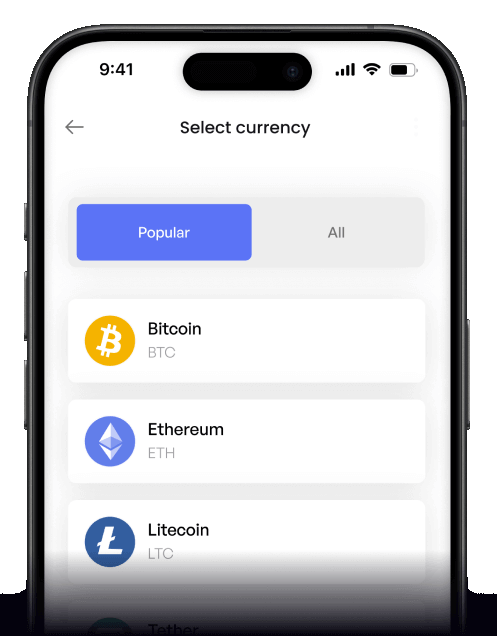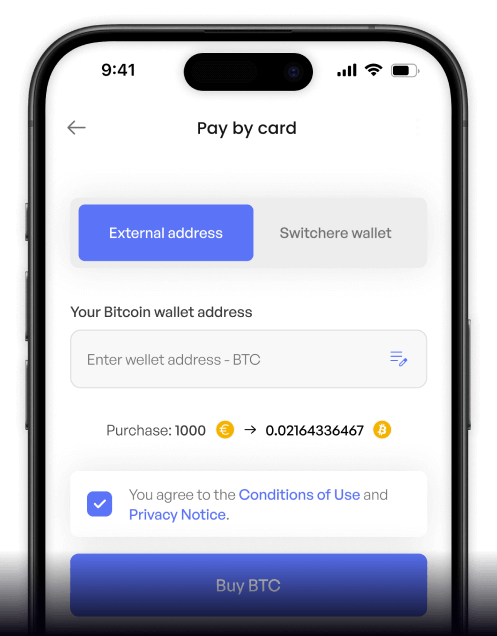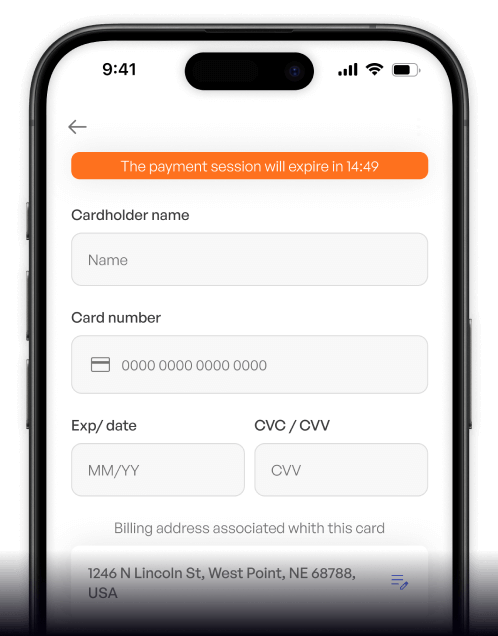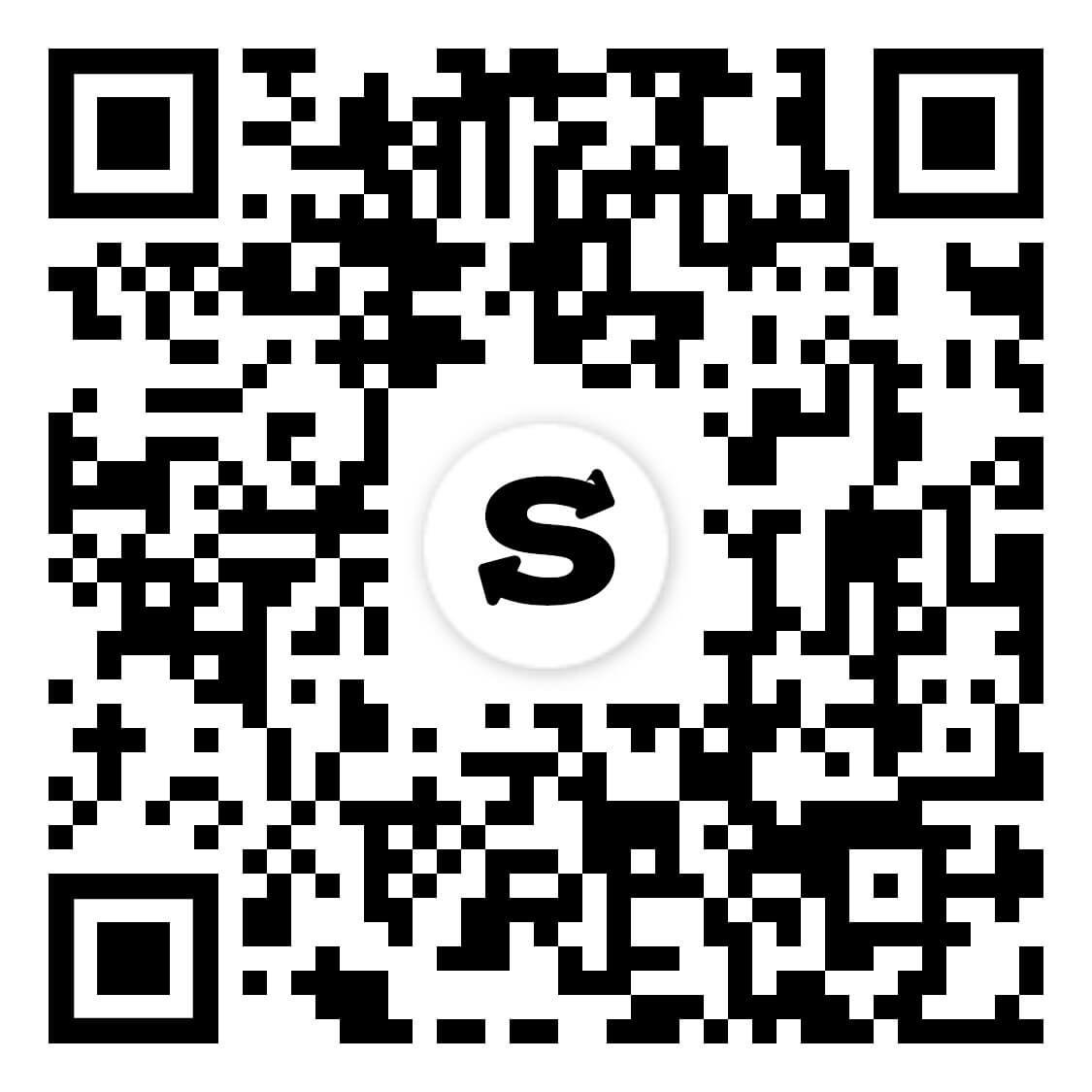Convert
Bangladeshi Taka (BDT) to Cartesi (CTSI) Instantly
Purchase Cartesi (CTSI) with Bangladeshi Taka (BDT) easily at Switchere and benefit from fast, secure transactions.
About
Cartesi (CTSI)
Cartesi (CTSI) is a Layer-2 infrastructure platform designed to resolve the critical issue of computational scalability and high costs on blockchain networks. Often referred to as "The Blockchain OS," its primary objective is to enable decentralized applications (dApps) with complexities that rival their centralized Web2 counterparts. Cartesi achieves this by allowing developers to build smart contracts and dApps within a full Linux operating system environment, utilizing mainstream programming languages and software stacks. This approach significantly lowers the barrier to entry for developers transitioning from Web2 to Web3, fostering a richer and more powerful dApp ecosystem built on robust blockchain technology.
The core of the platform is the Cartesi Machine (CM), a deterministic virtual machine that executes intensive computations off-chain. By leveraging Optimistic Rollups, Cartesi can process these complex calculations externally while anchoring the results with cryptographic security on the underlying Layer-1 blockchain, such as Ethereum. This hybrid model provides the immense computational power of off-chain processing with the verifiable trust of an on-chain digital ledger. The native utility token, CTSI, is integral to the network's tokenomics. It is used for staking within Cartesi's Noether Proof-of-Stake (PoS) sidechain, where node runners help secure the network and earn rewards. CTSI also functions as the payment method for computation and data availability services within the ecosystem.
How to Buy Cartesi (CTSI)
Popular Coins for Bangladeshi Taka (BDT)
Other Coins for Bangladeshi Taka (BDT)
Frequently asked questions
-
What are the common methods to buy Cartesi (CTSI) with Bangladeshi Taka (BDT)?
The most common fiat on-ramp to acquire CTSI with BDT involves using a peer-to-peer (P2P) marketplace on a major cryptocurrency exchange. Users typically buy a stablecoin like USDT or BUSD first using BDT via local payment methods such as bKash, Nagad, or bank transfers. Afterwards, they can trade the acquired stablecoin for CTSI on the exchange's spot market. This two-step process is standard due to the limited availability of direct BDT/CTSI trading pairs. -
What is the role of the CTSI token within the Cartesi 'Blockchain OS'?
CTSI is the utility token that powers Cartesi, The Blockchain OS. Its primary roles include staking within Cartesi's Noether Proof-of-Stake side-chain to secure the network and earn rewards, and paying for transaction fees for services like Descartes Rollups. This enables scalable off-chain computation with on-chain verification, allowing developers to build dApps using mainstream software stacks like Linux, which significantly enhances developer productivity. -
What security measures should be taken when using BDT P2P platforms to acquire CTSI?
When using BDT for P2P transactions to ultimately buy CTSI, always use a reputable exchange with an escrow service. This protects your fiat payment until the seller releases the crypto. Verify the counterparty's trading history and completion rate. Enable two-factor authentication (2FA) on your exchange account. After acquiring CTSI, for long-term holding, consider moving the digital asset from the exchange to a secure, non-custodial digital wallet where you control the private keys. -
Are there typically high fees associated with converting BDT to CTSI?
The fee structure is multi-layered. P2P transactions for the initial BDT to stablecoin conversion often have zero or very low fees, as they are priced into the exchange rate. The second step, trading the stablecoin for CTSI on the spot market, will incur a standard trading fee (maker/taker model). Finally, if you withdraw your CTSI to an external digital wallet, you will pay a blockchain network fee, which varies based on the network's congestion (e.g., Ethereum gas fees if it's an ERC-20 token). -
Why is it difficult to find a direct BDT/CTSI trading pair?
Direct fiat-to-altcoin pairs like BDT/CTSI are rare primarily due to lower trading volume and liquidity. Major exchanges focus on creating pairs with high-volume fiat currencies (like USD, EUR) or stablecoins (USDT) to ensure a deep order book and efficient price discovery. For regional currencies like BDT, the most efficient fiat gateway is typically through a highly liquid stablecoin, which then serves as a bridge to hundreds of other digital assets, including CTSI.






